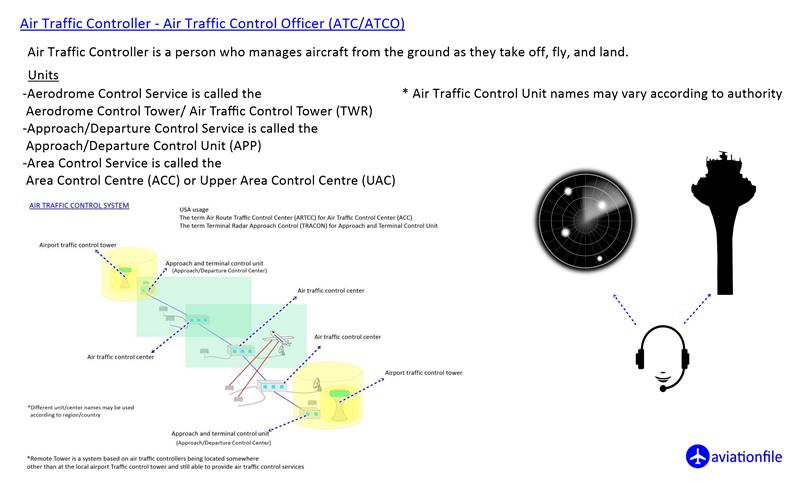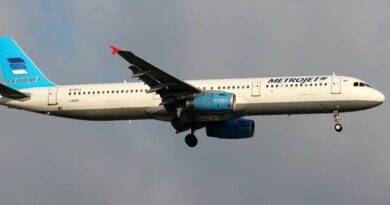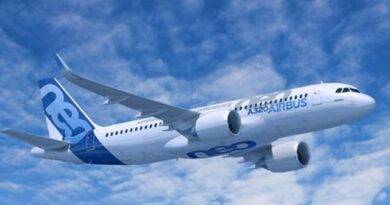Air Traffic Controller Training: Goals and Importance
Air traffic controller training is a critical process that prepares individuals to manage the safe and efficient movement of aircraft in controlled airspace. This article highlights the goals and importance of air traffic controller training, supported by relevant references.
Developing Highly Skilled Controllers
The primary goal of air traffic controller training is to develop highly skilled and competent controllers who can effectively manage air traffic. This includes honing skills such as situational awareness, problem-solving, decision-making, communication, and teamwork. Through rigorous training programs that encompass classroom instruction, simulations, on-the-job training, and practical experience, trainees are equipped with the knowledge and expertise to handle the complexities of air traffic management.
Ensuring Safety and Efficiency
Air traffic controllers play a critical role in maintaining the safety and efficiency of the aviation industry. By coordinating the movement of thousands of flights each day, they ensure that aircraft are safely separated and follow established flight paths, minimizing the risk of collisions. They also provide crucial information and instructions to pilots, including weather updates, changes in flight routes, and emergency procedures. The rigorous training and competency requirements for air traffic controllers, set by regulatory bodies such as the International Civil Aviation Organization (ICAO) and aviation authorities in various countries, emphasize the importance of their role in ensuring the highest level of safety and efficiency in air traffic management (ICAO, 2010).

Making Quick Decisions Under Pressure
Air traffic controllers often work in high-stress environments where split-second decisions are required. Another goal of ATC training is to equip trainees with the ability to make quick and accurate decisions under pressure. Through simulated exercises and real-life scenarios, trainees learn to assess complex situations, prioritize tasks, and take appropriate actions to ensure the safe and efficient flow of air traffic.
Managing Complex Airspace
Airspace can be highly complex, with multiple aircraft flying at different altitudes, speeds, and routes. Air traffic controllers need to manage this complexity effectively to maintain safe and efficient operations. Their ability to make quick decisions under pressure is crucial in managing air traffic flow, resolving conflicts, and maintaining proper separation between aircraft. Effective ATC training prepares them to handle the dynamic and challenging nature of airspace management, contributing to the overall safety and efficiency of the aviation system.
Conclusion
Air traffic controller training plays a vital role in preparing highly skilled controllers. They must manage the complexities of air traffic management, ensure safety, and maintain efficiency in the aviation industry. The rigorous training programs and competency requirements set by regulatory bodies underscore the importance of air traffic controller training in maintaining the highest standards of safety and efficiency in air travel.
References:
- International Civil Aviation Organization (ICAO). (2010). Manual on Air Traffic Controller Competency-Based Training and Assessment. Retrieved from https://www.icao.int/Meetings/AFI-15/Documents/WP/WP05%20-%20ATC%20CBBT%20&%20Assessment%20V1.pdf
- Federal Aviation Administration (FAA). (2020). Air Traffic Control Specialist. Retrieved from https://www.faa.gov/careers/occupations/air_traffic_control_specialist/
- Eurocontrol. (2015). Air Traffic Controller Training in Europe. Retrieved from https://www.eurocontrol.int/sites/default/files/2019-04/atc_training_in_europe.pdf


